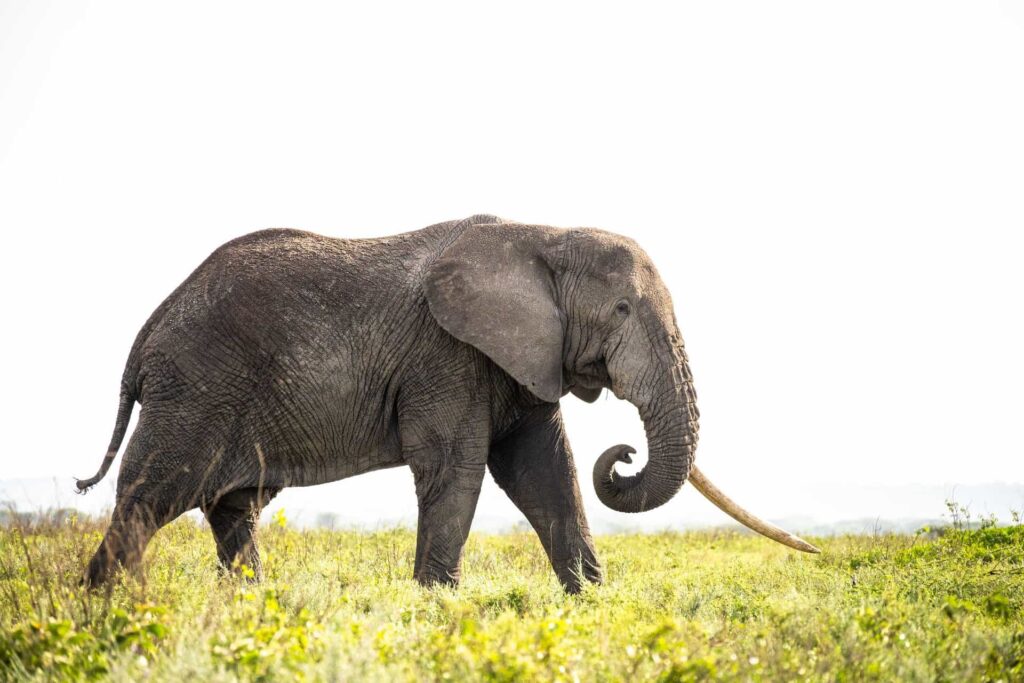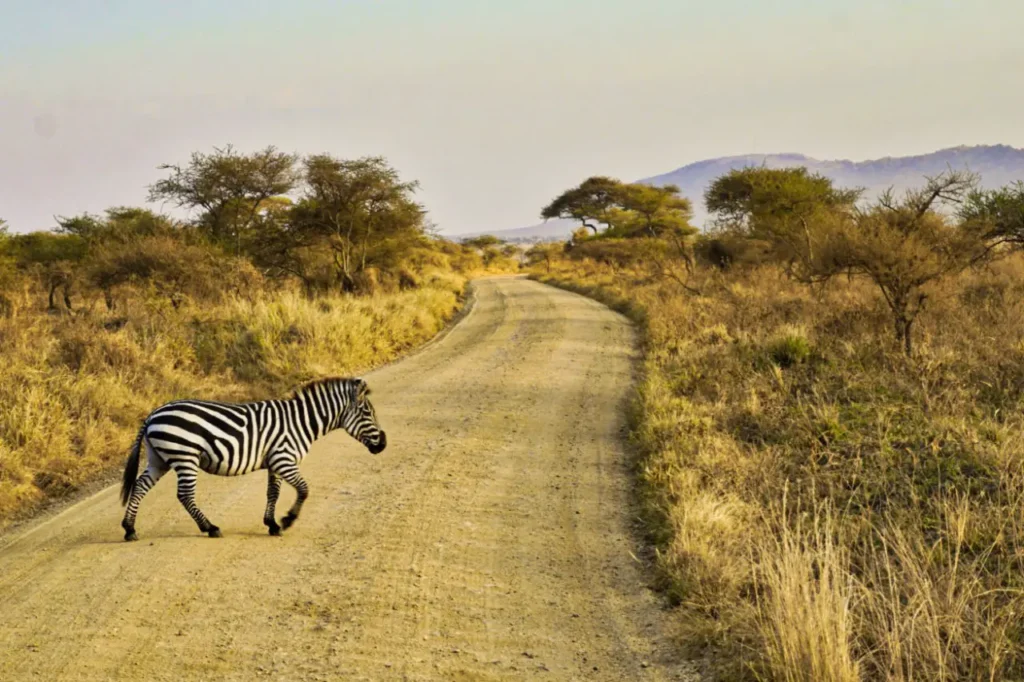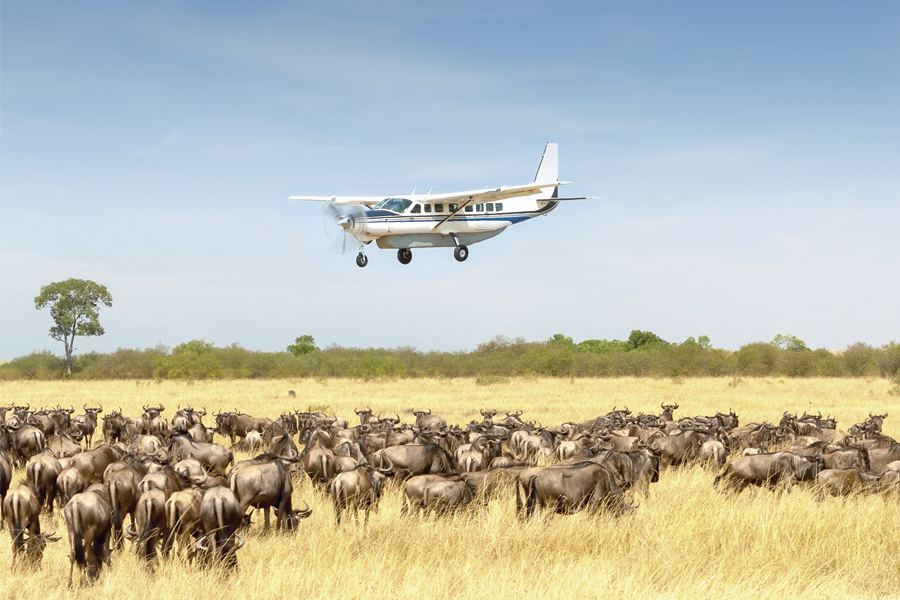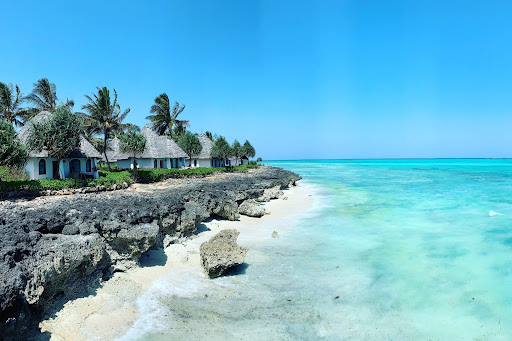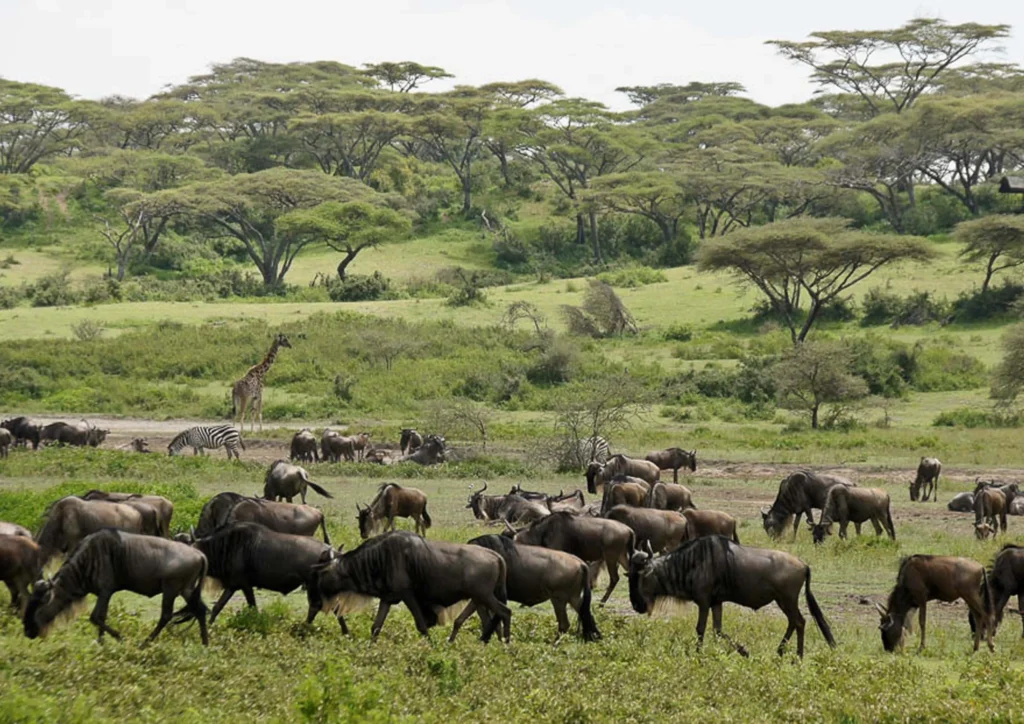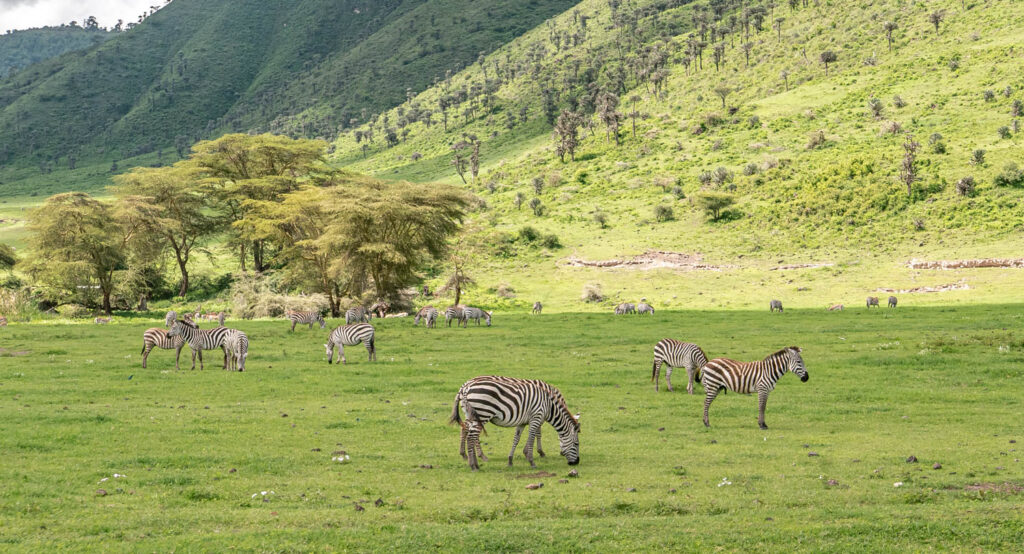Ngorongoro Crater is a geological marvel and a UNESCO World Heritage Site located in Tanzania, East Africa. Often referred to as the “Eighth Wonder of the World,” it is a massive volcanic caldera formed over two million years ago. The crater boasts an incredibly diverse ecosystem, housing a dense concentration of wildlife within its walls, including the Big Five (lion, elephant, buffalo, rhinoceros, and leopard). Its breathtaking scenery, abundant wildlife, and cultural significance make it one of Africa’s most sought-after safari destinations.
Ngorongoro Crater experiences a mild and temperate climate due to its high elevation, with temperatures ranging from cool to warm throughout the year. The dry season, from June to October, sees clear skies and cooler temperatures, while the wet season, from November to May, brings occasional showers and lush greenery to the landscape. Layers are recommended for visitors, as temperatures can vary significantly between day and night.


